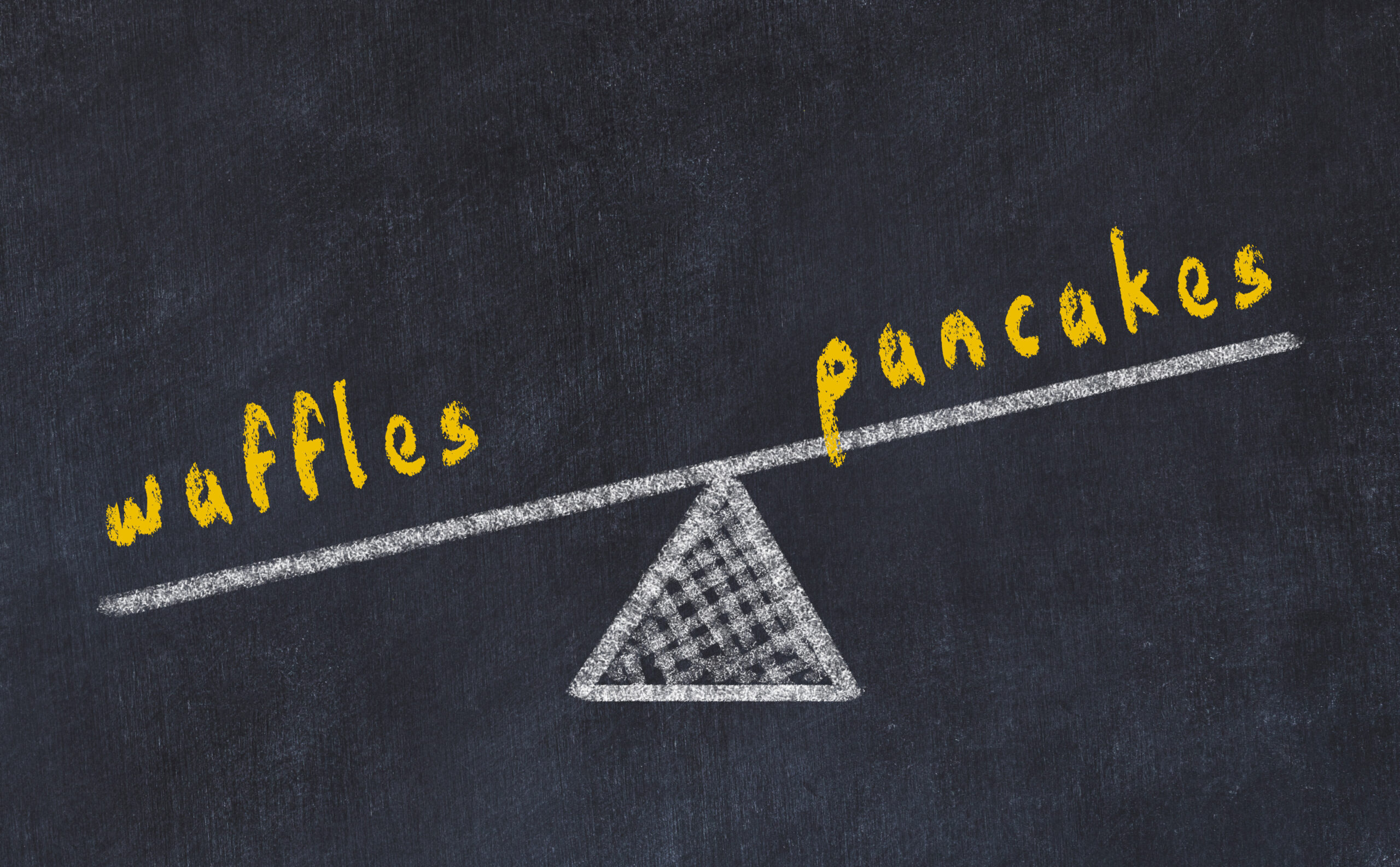あまり聞き慣れない言葉かも知れませんが、「パラレリズム」とは、日本語では並列構造と訳され、文中に語や、句や節が羅列する場合、これら要素は、文法的に同じ属性を持った言葉でなければならないというルールがあります。
parallel 「 何かと平行にする」という考えです。すなわち、「語」は「語」で対応して、「句」で書くならばすべてを「句」で対応する法則です。この英文法の並列構造のルールについて解説していきます。
多くの場合、英語・日本語ともに、正しいパラレリズムで書かれていますが、英語に比べ日本語では、日本人が、このパラレリズムという意識が希薄なせいか、乱れている例が多くみられます。文章中の類似した部分はすべて同じように書きましょう。
例えば、名詞を使ったのならば、名詞を並列させましょう。時制も統一した方がいいですね。”and” で繋ぐときは品詞だけでなく、時系列、程度などにも気を付ける必要があります。簡単に例を言うと such asで続く名詞はすべて同類の名詞でなければいけません。
Japanese food such as soba, tempura, and sushiは正しい並列ですが、これが Japanese food such as sushi rice(寿司米), soba(そば) and flour (小麦粉) だとおかしいと感じるでしょう。
パラレリズム正しい文の構造ですので、英作やライティングで役立ちます。IELTS/TOEFLや英検など試験対策のアカデミックライティングではミスを犯さないように気を付ける点でもあります。
【パラレリズムの例】
時制
〇 This morning, I washed, waxed and vacuumed the car.
✖ This morning, I washed, waxed and then I was vacuuming the car.
➡ 時制がすべて一致しています。
能動態と受動態
〇 I was worried that Robert would drink too much and the police would stop the car.
✖ I was worried that Robert would drink too much and the car would be stopped by the police.
➡ and でつながれる文が前の文と同様に能動態で書かれています。
比べている所
〇 He is not only kind but also very handsome.
✖ He is not only kind but also is very handsome.
➡ kind (形容詞)とvery handsome(形容詞)が比較の対象となっています。
品詞
〇 I was nervous and frightened, but my sister was confident and carefree.
✖ I was nervous and frightened but my sister had confidence and was carefree.
➡ nervous, frightened はどちらも形容詞、confident and carefree もどちらも形容詞です。
時系列や程度
〇 Misuse of the drug can result in fever, dizziness, or death.
✖ Misuse of the drug can result in death, dizziness or fever.
➡ feverが出てから、dizzinessにつながり、deathに至りますので、時系列になっています。
前置詞が重複する場合
〇 We will see you on April 20 and May 20.
✖ We will see you on April 20, and on May 20.
➡ 重複する品詞は普通省略します
※前置詞が違う場合はすべて書き出すこと
〇Ants are on the living room floor, on the dining room table and in the sink.
リスト
〇 I like activities such as sports and cooking.
✖ I like activities such as sports and cooking class.
➡ スポーツと同じ種類は料理であって、料理クラスではない。
正しい文法知識を学ぶ



